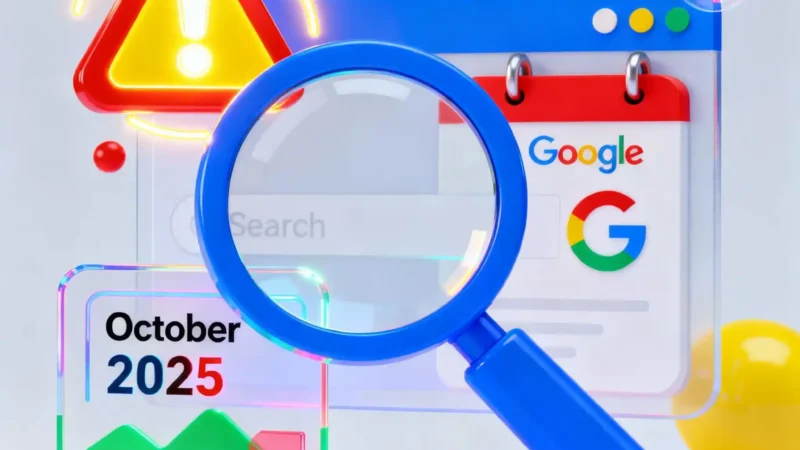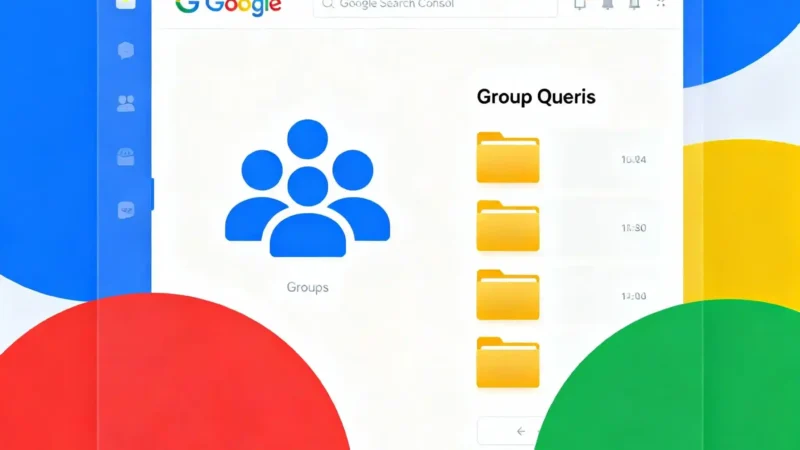So, you’ve built some great backlinks but they’re not showing up in Google yet? You’re not alone. In 2026, Google’s indexing process has become smarter, slower, and more selective. That means even valuable backlinks can go unnoticed if you don’t help search engines discover them.
The good news? There are still proven, safe, and effective ways to get your backlinks indexed quickly. In this post, we’ll break down the latest methods that actually work from optimizing your link sources and content to using indexing tools the right way.
Table of Contents
Why Indexing Backlinks Matters
Only indexed backlinks count toward your site’s Google rankings. If they aren’t crawled and added to search engine databases, their SEO value is zero. Whether you’re a beginner or building massive campaigns, you need your links discovered and indexed—fast.
Fastest Ways to Index Backlinks
| Method | How It Works | Pros | Cons |
| Manual Indexing (GSC) | Submit backlink URL via Google Search Console | Free, reliable | Slow for many links |
| Backlink Indexer Tools | Third-party service submits & pings links to indexers | Scales easily, very fast | Paid, not always 100% |
| Ping Services | “Pings” links to alert search engine crawlers | Free, simple | No guarantee |
| Web 2.0/Social Links | Share backlinks on social media & Web 2.0 sites | Free, boosts signals | Indirect, slower |
| Internal Linking | Link to backlink pages internally | Helps crawlers find links | Needs site access |
| XML Sitemaps | Ensure links are in sitemap & submit to Search Console | Free, works for owned domains | Not for external links |
Step-By-Step: How to Index Your Backlinks (with Example)
Example: Suppose you have a new backlink from a guest post at www.exampleblog.com/your-article.
- Manual Google Indexing
- Go to Google Search Console (“URL inspection” tool).
- Paste the exact URL where your backlink appears.
- Click “Request Indexing” to prompt Google to recrawl.
- Backlink Indexer Tools
- Use tools like Omega Indexer or Index Me Now.
- Submit a list of backlink URLs for rapid indexing (often indexed in 24–48 hours for a fee).
- Ping Your Links
- Use free ping tools available online.
- Submit the backlink page’s URL; crawlers may revisit faster—but no guarantee it will be indexed.
- Share on Social/Web 2.0
- Post your backlink page on Twitter, Facebook, LinkedIn, Medium, or Blogger.
- Social signals increase crawler visits and can help index the page.
How to Check if a Backlink is Indexed
- Use Google Search: Type site:[url-of-backlink-page] in Google; if the page appears, it’s indexed.
- Backlink Index Checker tools (like Linkbox, Ahrefs, SEMrush, IndexCheckr, etc.) for bulk or automated checking.
- Track regularly: Sometimes indexed links can turn “de-indexed” if the linking page changes.
How Long Does It Take for Backlinks to Get Indexed?
- High authority, well-trafficked sites: Few hours to two weeks.
- Low authority, rarely-updated sites: Can take several weeks or even months.
- Using indexer tools: 1–5 days for most backlinks.
Typical timeline: Most quality backlinks are indexed within 1–10 weeks. Indexer services can cut this to a few days for the majority.
What Is a Backlink Indexer?
A backlink indexer is a service or tool that submits URLs to search engines, “pings” them, and tries to trigger fast crawling and indexing. Paid options like Omega Indexer and Index Me Now guarantee a high indexing rate for a fee (often 80–90%+ success within days).
What Is a Backlink Index Checker?
This tool lets you bulk-check whether your backlinks are in Google’s index. Popular choices: Linkbox, Ahrefs, SEMrush, IndexCheckr, and more.
Q&A and Pro Tips
- Is indexing backlinks safe? Yes, as long as the backlinks are natural, high-quality, and not from spammy sources.
- Can all backlinks be indexed? No, low-quality or spam links may never be indexed, and manipulative indexing can get ignored by Google.
- Should I index every link? Focus on links from trusted, high-authority, and relevant sites for best results.
- Do social shares really work? Social signals help crawlers discover links faster even if indirect.
With these practical steps and tools, you can get more of your backlinks indexed and maximize the SEO impact of your link-building campaigns. Consistent effort, quality-first link choices, and regular monitoring are key!




